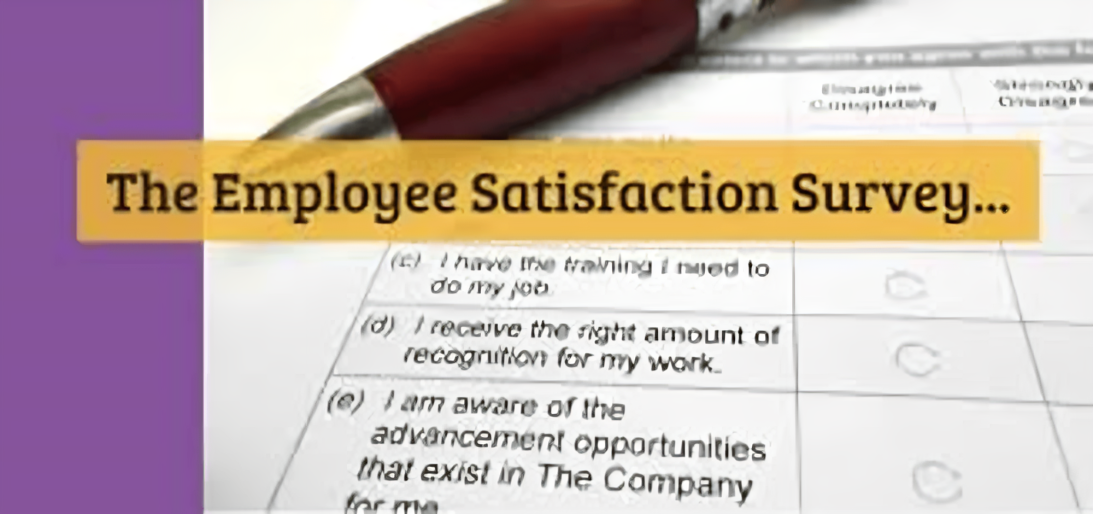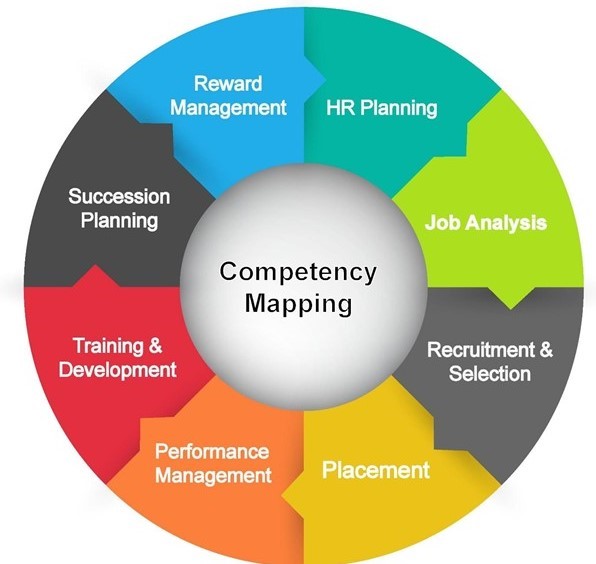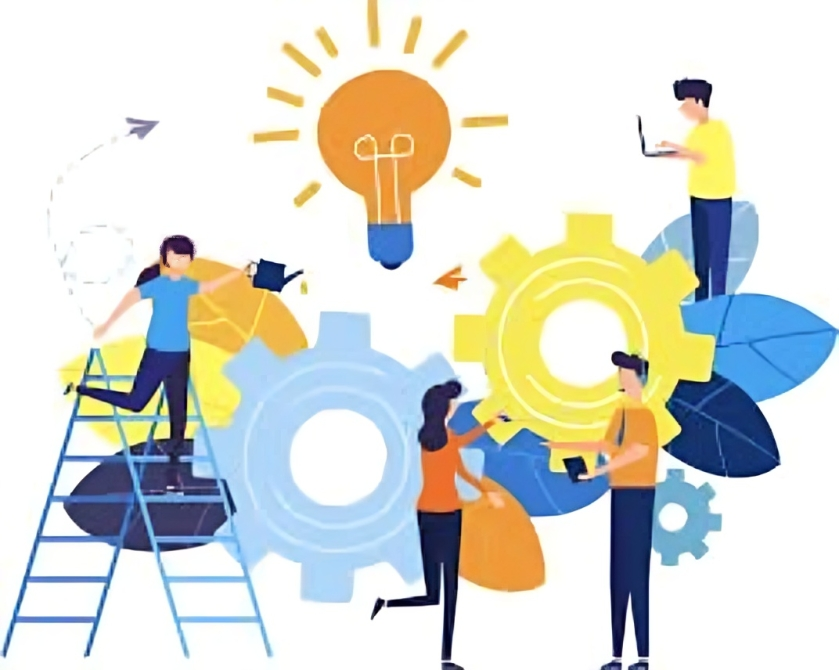Our Service
INTELLECTUS Empowering Careers provides a bouquet of services for the Corporates


Our Service
Employee Satisfaction Survey
An employee satisfaction survey is a process that measures the contentment level of personnel regarding the various components of their job. INTELLECTUS has the necessary expertise to conduct a seamless employee satisfaction survey and construction of employee happiness index for the client organization that can be presented for “BEST PLACE TO WORK FOR” certification by the client organization
CSR Impact Assessment
A CSR Impact Assessment is a systematic evaluation of a company's social responsibility (CSR) activities and initiatives. It measures the effects of these activities on stakeholders, the environment, and the company itself. The assessment helps companies understand their social responsibility performance and identify areas for improvement.
Benefits of a CSR Impact Assessment include:
A CSR Impact Assessment can measure a variety of dimensions, including:
The frequency of CSR Impact Assessments depends on the project:

Competency Mapping and competency framework design
COMPETENCY BASED ASSESSMENT CENTRE
COMPETENCY BASED ASSESSMENT CENTRE for identifying executives with high potential. For this purpose, behavioral and emotional intelligence competency assessment in association with HR departments of the organization may to be done. After competency identification is done, a table showing available competencies with the executives is to be prepared (in the manner exhibited subsequently) and those displaying above a benchmark score have to be identified.
The identified individuals would be then trained through case studies, management games and in basket exercises. Adventure based exercises for team building may be done. We propose the following value-additions from our side: INTELLECTUS team would help you streamlining your identified competencies as per the Harvard model of Daniel Katz and then deciding on the Behavioral Indicators (BI) of each competency to enable more accurate measurement during assessment center activities. Firstly, the competencies may be classified as according to the model mentioned above in the following order: The competencies identified during your COMPETENCY ASSESSMENT PHASE need to be differentiated as CRITICALCOMPETENCIES and SUPPORTING COMPETENCIES AND THEN CLASSIFIED AS PER SENIORITY REQUIREMENT.

A. CRITICAL AND SUPPORTING COMPETENCIES FOR LEADER
Leader is responsible for devising organization response to external as well as internal requirements, threats, and opportunities.
B. CRITICAL AND SUPPORTING COMPETENCIES FOR MANAGER
Manager is responsible for planning and coordination for implementation of the response devised or facilitated by the leader.
C. CRITICAL AND SUPPORTING COMPETENCIES FOR EXECUTIVE
Executive is responsible for implementing the organizational programs and activities as planned by the manager.
SUGGESTIVE TABLE OF COMPETENCIES:
a. Further breaking down of competencies into Behavioral Indicators (BI)For example, you have identified ‘Decision making ability’ as key competencies which may be further analytically broken down as follows:
DEFINITION: DECISION MAKING (INDICATIVE LIST): Competency of DECISION MAKING is defined as the set of Human Attributes required to deice the course of action under any given situation.
b. The two-day Assessment Centre would involve the following:
- i. Leaderless activities and Management Games (Pfeiffer accredited standardized activities would be followed)
- ii. Behavioural Analytic tools and psychometric profiling of candidates (level 5 instruments only)
- iii. Decision Making and simulation activities.
- iv. Role Play Exercises/Case analysis and projective methods
- v. Behavioural Event interviewing by expert panel
Psychometric Assessment for selection
INTELLECTUS provide unparaled expertise in the area of psychometric mapping through involvement of psychoanalytic tools that study people’s unconscious drives to predict their behavioural patterns. The psychoanalytic theoretical approach to the study of personality emphasizes unconscious motivation as the main cause of behavior that lies buried in the unconscious mind.
Objectives:
1. To identify the talent capital of workforce and cluster the employees as per the following, depending on their behavioral analytics report for identification of hidden potential and specify behavioral and attitudinal training interventions for them. The following classification of human resources as specified by ‘Odiorne Matrix’ would be possible for employees in the following manner:

Training and Development in areas as: HRM, Leadership, Organizational Development (OD), Transport Logistics.
How do you measure Employee Performance after Training?
Measuring employee performance after training is essential to determine the effectiveness of the training program and ensure that employees are using the skills and knowledge they have learned. A few ways to measure employee performance after training:
